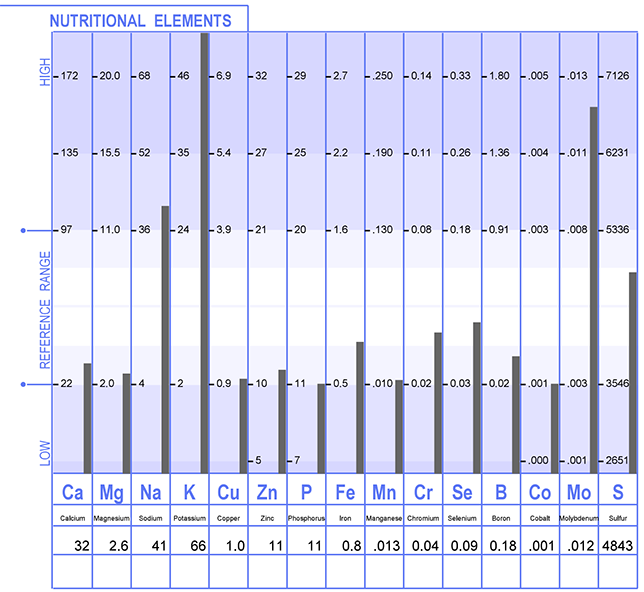Why Use Hair Instead of Blood, Urine, Saliva or Stool?
By any standard of comparison, hair or more specifically hair tissue is the most complete front line nutritional screening tool for the detection and correction of primary nutritional and toxic disturbances. Why?
Let’s compare laboratory specimen types used for nutrition and metabolic screening:
Hair tissue mineral analysis (HTMA)
- Allows direct measurement of how cells absorbed, retained and utilized available nutrients over a defined period of time
- Reveals how cells eliminated toxins and wastes
- Provides a blueprint of geno-metabolic activity and biological system malfunctions
Urine reveals only the minerals that are excreted from the body – not what is actually absorbed, retained and utilized for cellular fuel.
Saliva doesn’t tell you what nutrients are inside our cells, although it is often the preferred method to direct hormone therapy.

Stool can be used, in some cases, as validation for digestive disorders. It has no direct correlation with the body’s nutritional composition and utilization.
Blood, Serum or Plasma tests measure circulating or “extracellular” levels of cells, enzymes, hormones, minerals, and many organic and inorganic compounds at one moment in time. They do a poor job of estimating “cellular” nutrient uptake, retention and utilization, as they primarily reflect transient nutrient and toxin levels transported by the circulatory system.
Circulating blood nutrient levels can dramatically change between meals. One great example is diabetes with its uncontrolled blood sugar levels. Blood also does not clearly reflect long term heavy metal toxic exposure or provide a precise picture of toxins that are present on the outside of your body. Blood-based toxic metal testing can be expensive and is not as comprehensive or analytical. Most importantly, blood testing does not indicate how the toxic mineral is absorbed and retained by the cells.
Genetic test specimens can be blood, saliva, stool, urine or biopsy-based. They can identify genetic variants or mutations within your DNA such as ancestry, provide genetic risk for some diseases and may indicate “Up or Down Regulation” of a biochemical process. Their traditional diagnostic uses are screening for the presence and proliferation of an infectious agent, identifying genetic markers of specific cancers to direct therapy, recognizing up or down regulation of a biochemical process to assess acute symptoms and epidemiological studies. What they don’t do well is identify the cause of a metabolic disturbance or how to fix it.
Hair is the “most practical method of testing mineral balance”
Hair is the “most practical method of testing mineral balance in your body”1 based on more than 50 years of testing millions of people worldwide. Hair is “the best specimen for the routine screening”1,2 of toxic metals in the body. Finally, hair provides the best long-term information (8 to 12 weeks on average) about the body’s actual retention rates of over 37 minerals, including toxic substances.
Know Precisely What Your Body Needs… “It’s In Your BNA”
The BioCorrect Nutrition™ Analysis (BNA) is a medically-proven, clinical laboratory test that measures 36 trace and toxic minerals in a patient’s hair sample. Your mineral profile corresponds to your biochemical and geno-metabolic status. From the millions of patients tested over the past 30+ years, much has been further studied and learned about the interactions of these minerals with vitamins, enzymes, hormones and other biochemical processes.
References
- Trace Elements and Other Essential Nutrients, Watts, DL., TEI., 1995
- Laboratory evaluations in molecular medicine: nutrients, toxicants, and cell regulators, Alexander Bralley, Richard S. Lord. Norcross, Ga. : Institute for Advances in Molecular Medicine, c2001.
- Tefft, GH. Your Personal Life. Westlake Village, CA: Angel Mind, 2006
- Tefft, GH. For Your Body Only: Discover the Diet You Were Born to Eat. Dragon Door Publications, 2003
- Tefft, GH, Tefft, L. How to Fix the Broken Healthcare System. Dr. G Tefft, 2019
- Watts, D.L. “Commonly Asked Questions About Hair Mineral Analysis.” US: Trace Elements, 1999


